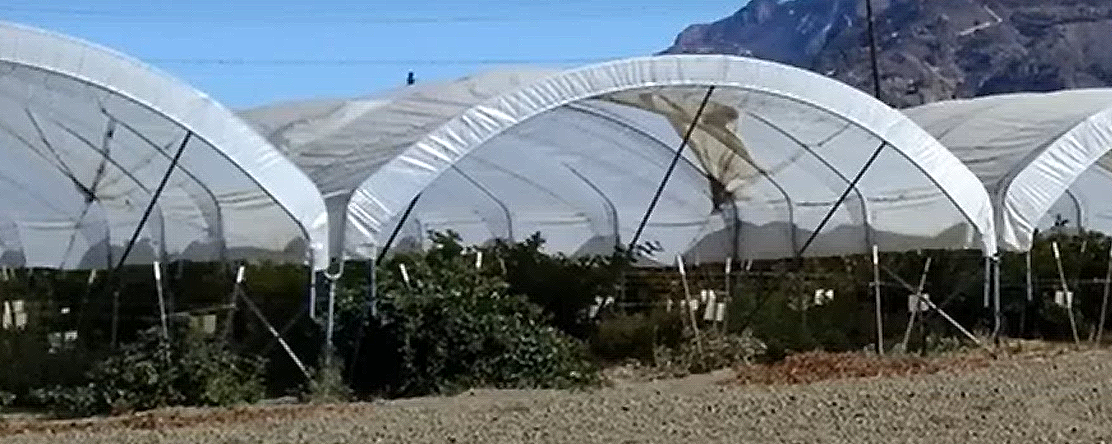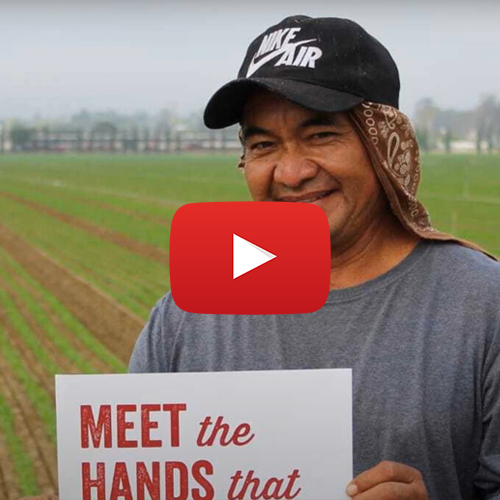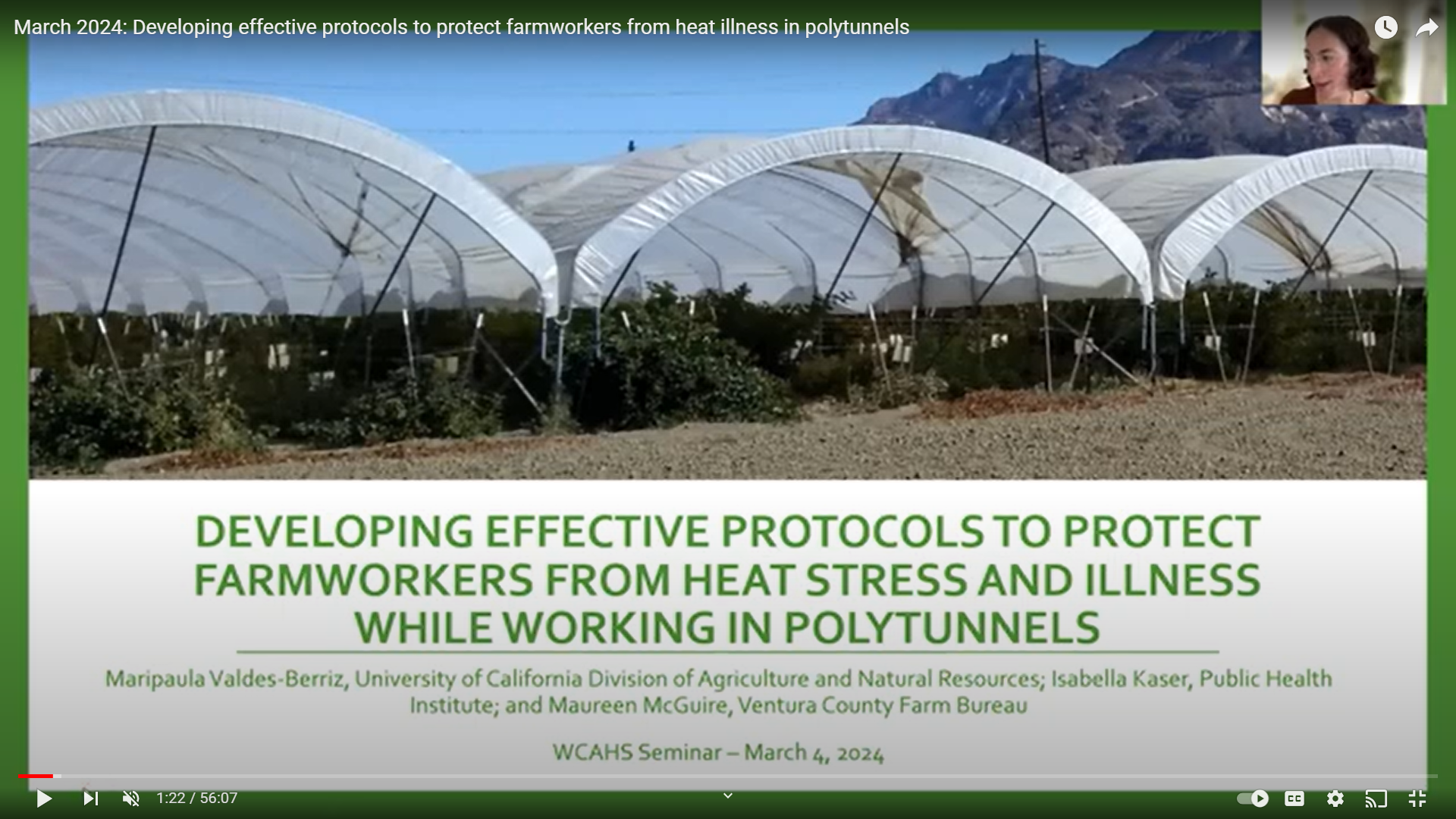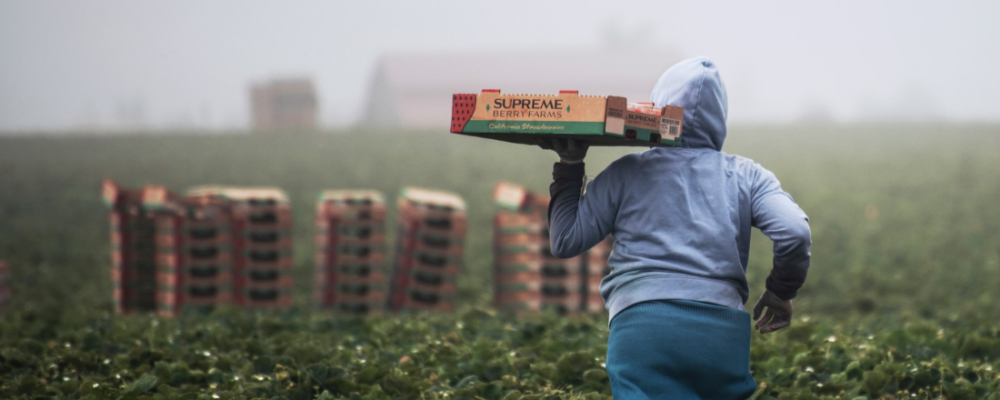
Webinar Recording: Developing Effective Protocols to Protect Farmworkers from Heat Illness in Polytunnels
- Maripaula Valdes-Berriz; Isabella Kaser; Maureen McGuire
-
Focus Areas
Environmental Health, Healthy Communities -
Issues
Climate Change, Wildfires & Extreme Heat -
Expertise
Health Education & Promotion -
Programs
Achieving Resilient Communities (ARC)

Farmworkers are a population at high risk of heat-related illness. Polytunnels—also known as hoop houses—are used to grow certain crops year-round and are used primarily because they can be significantly warmer than outdoor environments. Little has been published on how many polytunnels are in use, how many workers are in these environments and rates of heat illness in this population.
A study from PHI’s Achieving Resilient Communities (ARC) found that polytunnels are very prevalent, especially in coastal regions of California—but there is limited published research on temperatures inside these structures. Although growers are following the current regulatory standards, PHI’s ARC interviewed farmworkers and conducted a literature review to develop recommendations that follow the hierarchy of controls to reduce the risk of heat related illness in workers inside these structures.
In a Spring 2024 webinar hosted by the Western Center for Agricultural Health, PHI’s ARC staff and partners discussed the study’s findings and recommendations to protect farmworkers working in polytunnels. Watch the recording, below:
Featured speakers
- Maripaula Valdes-Berriz: Research Associate, University of California Division of Agriculture and Natural Resources
- Isabella Kaser: Climate Resilience Project Manager, Public Health Institute
- Maureen McGuire: CEO, Ventura County Farm Bureau

Farmworkers in the U.S. are 19 times more likely to die of heat-related injuries than other workers, and given that climate change will continue to increase extreme heat events, there is also likely to be an increased risk of occupational heat-related illness. There's a lot of research that shows that temperatures inside the polytunnels affect plants, but there is really less on the effect to human health.Isabella Kaser
Climate Resilience Project Manager, PHI’s Achieving Resilient Communities
Safety recommendations
Engineering controls
- Remove tunnels or plastic coverings when temperatures rise
- Increase the height of the tunnel to reduce hottest air in work zone
- Locate tunnels so the prevailing winds blow in
- Decrease length of the tunnel for increased air movement
- Build in vents
- Leave tunnel ends open
- Roll up plastic sides when heat rises (mechanized or manual)
- Install fans or misters (these may increase humidity and heat stress)
- Add shade cloth or other cladding material to reduce greenhouse effect
- Apply white paint or chalk when seasonal temperatures rise
- Reduce plant density and height to facilitate airflow and reduce plant respiration
Administrative controls
- Monitor temperature and humidity in the tunnels to drive site condition-driven controls
- Avoid irrigating during the day to reduce humidity
- Provide plenty of cool water for worker hydration
- Rotate workers inside and outside the tunnels
- Change work hours to reduce heat exposure
- Schedule maximum work times in tunnels
- Schedule required breaks outside tunnels; special controls may be needed for piece rate workers
- Implement robust heat stress training for workers and supervisors
- Implement a stop work policy for heat risks, allow employees to stop work
Personal protective equipment (PPE)
- Cooling vests and cold packs
- Wetted garments
- Cooling bandanas and other garments
- Personal fans

Watch: Farmworkers Document the Health Impacts of Climate Change & Growing Need to Advance Health Equity, Climate Justice
Through their own voices and digital stories, farmworkers in Ventura County, CA documented the impact and health inequities that they experience as a result of climate change and the growing need to advance health equity and climate justice.
Work With Us
You change the world. We do the rest. Explore fiscal sponsorship at PHI.
Support Us
Together, we can accelerate our response to public health’s most critical issues.
Find Employment
Begin your career at the Public Health Institute.



